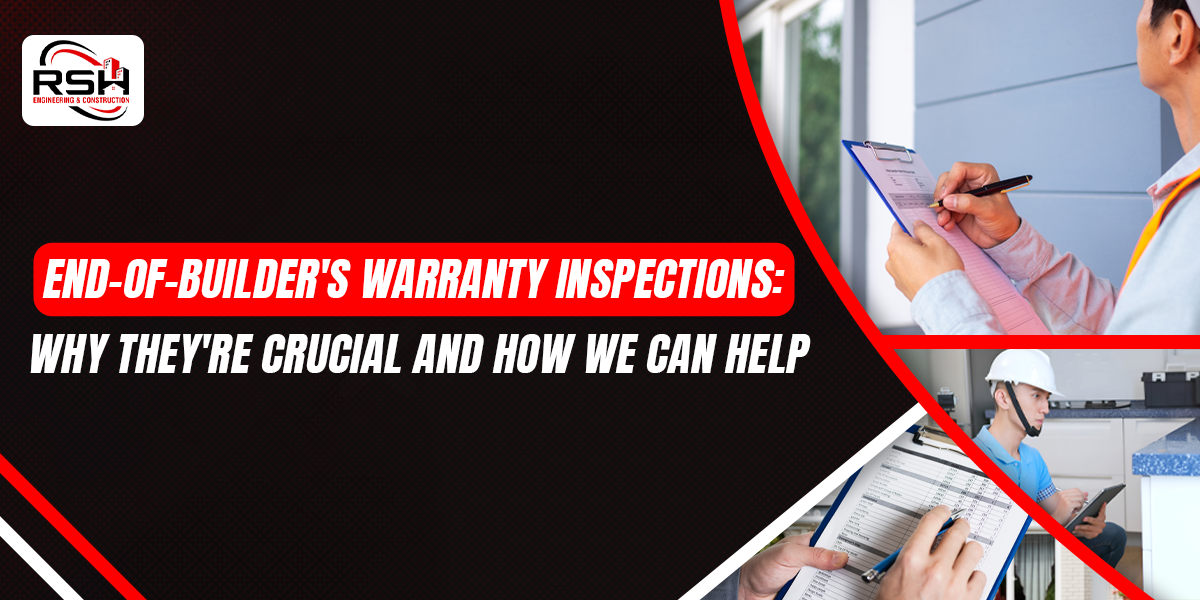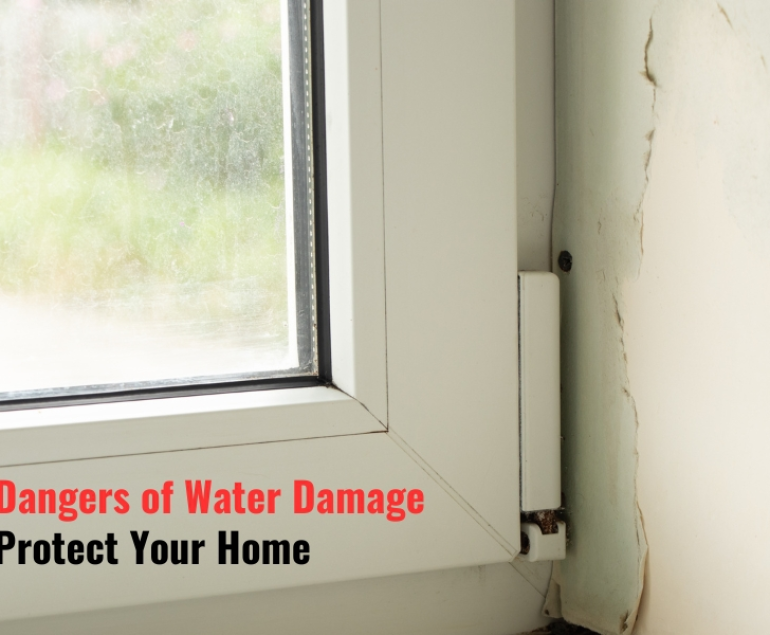Buying a new home is exciting, but hidden flaws can surface within the first year, with end-of-builder’s warranty inspections giving homeowners the chance to identify issues before the builder’s warranty expires. It’s your opportunity to safeguard your investment and request timely repairs at no extra cost.
The Power of an Inspection Before Month Twelve
An end-of-warranty home inspection is more than a checklist, as it has a safeguard that helps you catch overlooked issues before they grow into costly repairs by arranging an 11-month warranty inspection.
The homeowners gain a clear report that highlights structural, mechanical, or cosmetic concerns, while the builder is still responsible in these steps, it not only protects your investments but also strengthens your case. When requesting timely corrections, it saves both money and stress down the road.
Hidden Flaws That Appear in the First Year
- Cracks in walls or ceilings may look small but can signal shifting foundations, with a builder warranty inspection that helps identify them. These are early, so they don’t turn into expensive structural problems after coverage ends.
- Leaks in plumbing often go unnoticed behind walls until water damage spreads, where it is spotted. These problems quickly keep your home safe and avoid unexpected repair costs later.
- Roofing issues like loose shingles or poor flashing may not appear right away. But it can lead to serious leaks if left unchecked.
- Uneven floors or sticking doors often hint at a setting, these signs should not be ignored as they reveal changes in the building’s stability.
- Electrical problems such as faulty wiring or tripped circuits might seem random, but if a qualified home inspector can trace the source and document the issue properly.
Common Defects Found Within the First Year
From uneven flooring to plumbing leaks, many issues surface during the first year of ownership with a professional engineer inspection that provides deeper insights, uncovering structural or mechanical concerns that might be missed otherwise. This expert evaluation allows homeowners to address problems while still under builder convergence, by protecting both comfort and long-term value.
How the Initial Consultation Sets the Stage?
The process often begins with a discussion about your property’s history and specific concerns, where companies offer building inspection services that use this step to understand your priorities and review any warranty coverage details.
After the consultation, findings are documented, and a professional engineering report is being prepared, this report provides a clear, evidence-based overview. Giving homeowners confidence to request timely repairs from the builder before the warranty expiration.
Discussing Concerns and Warranty Coverage
- Homeowners often start by sharing visible issues like cracks, leaks, or uneven flooring that surfaced during daily living, and these observations help set inspection priorities.
- Inspectors review builder warranties closely by identifying covered items so clients know what can be reported before the coverage period ends.
- Questions about structural safety, plumbing performance, or electrical reliability are addressed. It gives clarity on what needs deeper examination.
- Concerns about hidden areas, like attics, basements, or crawl spaces which are discussed to make sure nothing important is overlooked during inspection.
- Together, the homeowners and inspector create a checklist that blends personal concerns. With professional expertise, one can form a solid plan for the site visit.
Bridging Concerns and Professional Insights
Every inspection that blends homeowners’ input with technical expertise in small worries like uneven flooring or roof stains often points to larger issues. In the case of offices, retail spaces, or industrial units, detailed commercial property inspections provide the same reassurance.
By combining experience with professional analysis, inspections deliver accuracy by finding and providing practical repair recommendations.
Frequent Problem Highlighted in Warranty Inspections
An inspection often reveals more than meets the eye, where small cracks in walls, plumbing leaks, or uneven flooring may seem minor but signal bigger concerns over time, roofing issues like poor flashing or loose shingles also show up during these reviews.
By documenting these findings early, homeowners gain the chance to request builder corrections while warranty convergence is still active, this prevents future repair costs.
Conclusion
Choosing end-of-builder’s warranty inspections gives homeowners the chance to address problems while still under coverage with RSH Engineering and Construction, where every detail is carefully reviewed, and findings are clearly explained. The smart step is to protect your investment and hand the needed repair back to the builder before time runs out.
Frequently Asked Questions About End-of-Builder’s Warranty Inspections:
Q1: When is the best time to schedule the inspection?
A1: Most homeowners schedule it during the eleventh month, so they have time to request repairs before coverage ends and best time to inspect.
Q2: How long does the entire process usually take?
A2: Most inspections take a few hours, depending on the size and complexity of the property that is being followed by a detailed written report.
Q3: Do I need to be present during the inspection?
A3: It’s helpful to be there so you can point out concerns, ask questions. And understand the findings more clearly.





